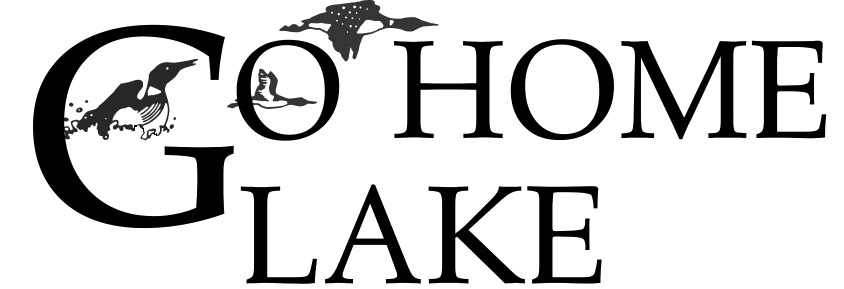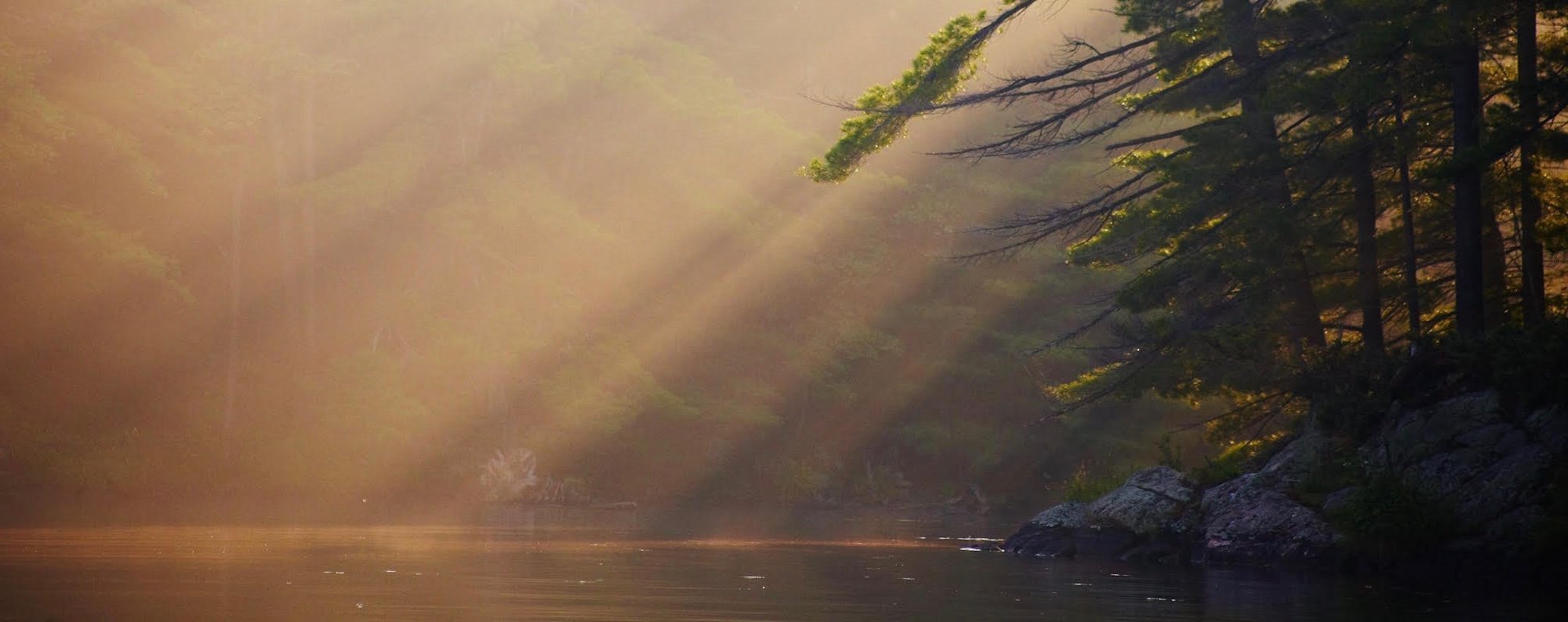Wildlife

White Tail Deer
The deer’s coat is a reddish-brown in the spring and summer and turns to a grey-brown throughout the fall and winter. The deer can be recognized by the characteristic white underside to its tail. It will raise its tail when it is alarmed to flag the other deer. A population of white-tailed deer in New York is entirely white (except for areas like their noses and toes)—not albino—in color. The former Seneca Army Depot in Romulus, New York, has the largest known concentration of white deer. Strong conservation efforts have allowed white deer to thrive within the confines of the depot. White-tailed deer’s horizontally slit pupils allow for good night vision and color vision during the day.

Moose
Moose are the largest members of the deer family, standing 6 feet tall from hoof to shoulder, and weighing in at over 1000 pounds. Each of their light to dark brown hairs is hollow, and the air trapped inside provides insulation. A flap of skin called a dewlap hangs from the throat. Males are distinguished from females by their antlers that grow up to 6 feet across.

Black Bear
The skulls of American black bears are broad, with narrow muzzles and large jaw hinges. In Virginia, the total length of adult bear skulls was found to average 262 to 317 mm (10.3 to 12.5 in). Across its range, greatest skull length for the species has been reportedly measured from 23.5 to 35 cm (9.3 to 13.8 in). Females tend to have more slender and pointed faces than males. Their claws are typically black or grayish brown. The claws are short and rounded, being thick at the base and tapering to a point. Claws from both hind and front legs are almost identical in length, though the foreclaws tend to be more sharply curved. The paws of the species are relatively sizeable, with a rear foot length of 13.7 to 22.5 cm (5.4 to 8.9 in), being proportionly larger than other medium-sized bear species but much smaller than the paws of large adult brown and especially polar bears. The soles of the feet are black or brownish, and are naked, leathery and deeply wrinkled. The hind legs are relatively longer than those of Asiatic black bears. The vestigal tail is usually 4.8 inches (12 cm) long. The ears are small and rounded, and are set well back on the head. Black bears are highly dexterous, being capable of opening screw-top jars and manipulating door latches. They also have great physical strength. They have been known to turn over flat-shaped rocks weighing 310 to 325 pounds (141 to 147 kg) by flipping them over with a single foreleg. They move in a rhythmic, sure-footed way and can run at speeds of 25–30 mph (40–50 km/h). Black bears have good eyesight, and have been proven experimentally to be able to learn visual discrimination tasks based on color faster than chimpanzees and as fast as dogs. They are also capable of rapidly learning to distinguish different shapes, such as small triangles, circles and squares.

Massasauga Rattlesnake
The Massasauga is a stout-bodied rattlesnake, usually about 50 to 70 centimetres long. It is Ontario’s only venomous snake, though it will only bite in self-defence if it is threatened or harassed. It has a triangular head and a tail that ends in a small rattle that creates a buzzing sound when the tail shakes. The body is grey to dark brown with darker brown “butterfly” or “saddle-shaped” blotches down the back, with alternating blotches along the sides. The Massasauga is the only Ontario snake with a vertical (cat-like) pupil.
Massasaugas live in different types of habitats throughout Ontario, including tall grass prairie, bogs, marshes, shorelines, forests and alvars. Within all of these habitats, Massasaugas require open areas to warm themselves in the sun. Pregnant females are most often found in open, dry habitats such as rock barrens or forest clearings where they can more easily maintain the body temperature required for the development of their offspring. Non-pregnant females and males forage and mate in lowland habitats such as grasslands, wetlands, bogs and the shorelines of lakes and rivers. Massasaugas hibernate underground in crevices in bedrock, sphagnum swamps, tree root cavities and animal burrows where they can get below the frost line but stay above the water table.
Photograph by Chris Nicholls
- no one has died from a Massasauga bite in Ontario in more than 50 years, and only two deaths resulting from a Massasauga bite have ever been reported in the province
- a snake’s rattle is made up of loosely attached pieces of keratin (the same material that our fingernails are made from) that knock against each other and create a rattle or buzzing sound when the tail is shaken
- although the Massasauga is Ontario’s only rattlesnake, it’s not the only one that vibrates its tail; the Eastern foxsnake and Eastern milksnake are non-venomous snakes that mimic the rattlesnake by quickly vibrating the tip of their tails; if the tail comes into contact with leaf litter as it’s vibrating, it can make a buzzing sound
- the Massasauga is very shy and prefers to hide or retreat from enemies rather than bite them; if threatened, it will shake its tail as a warning and strike only as a last resort to protect itself if it can not escape
- sometimes the Massasauga will share its hibernation sites with other hibernating snakes, amphibians and even crayfish




